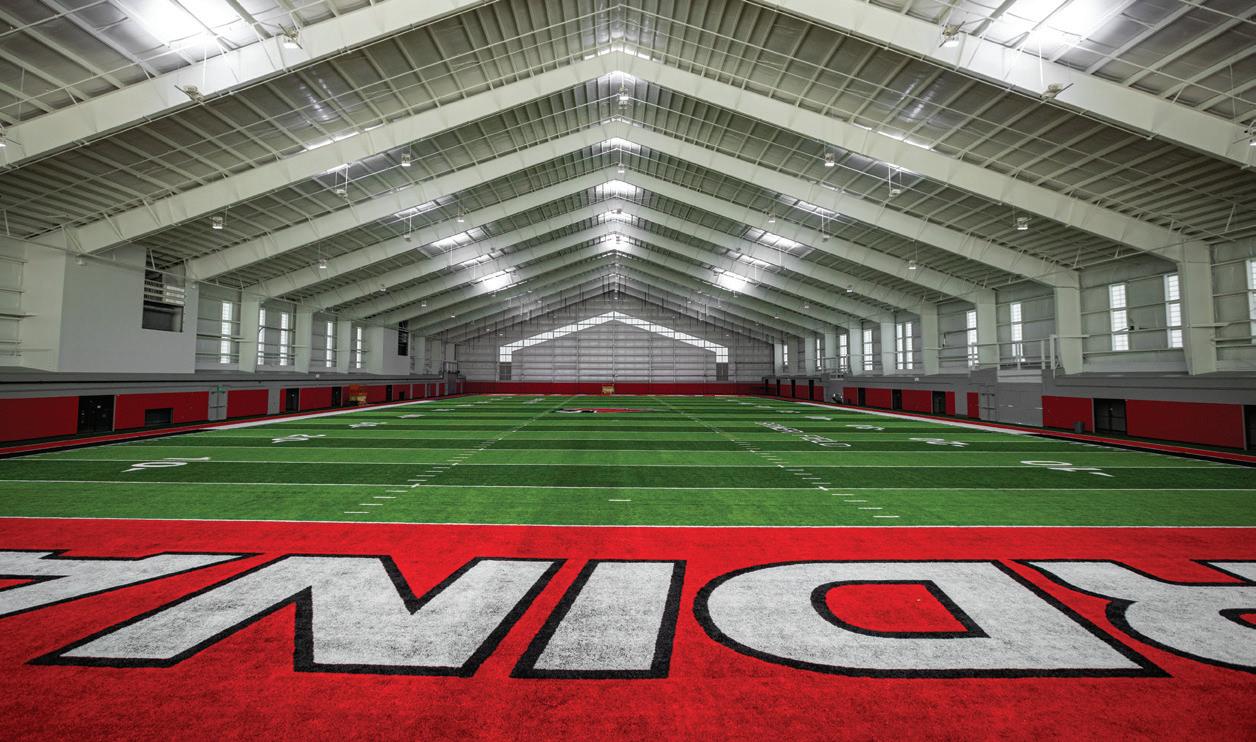
9 minute read
Sports
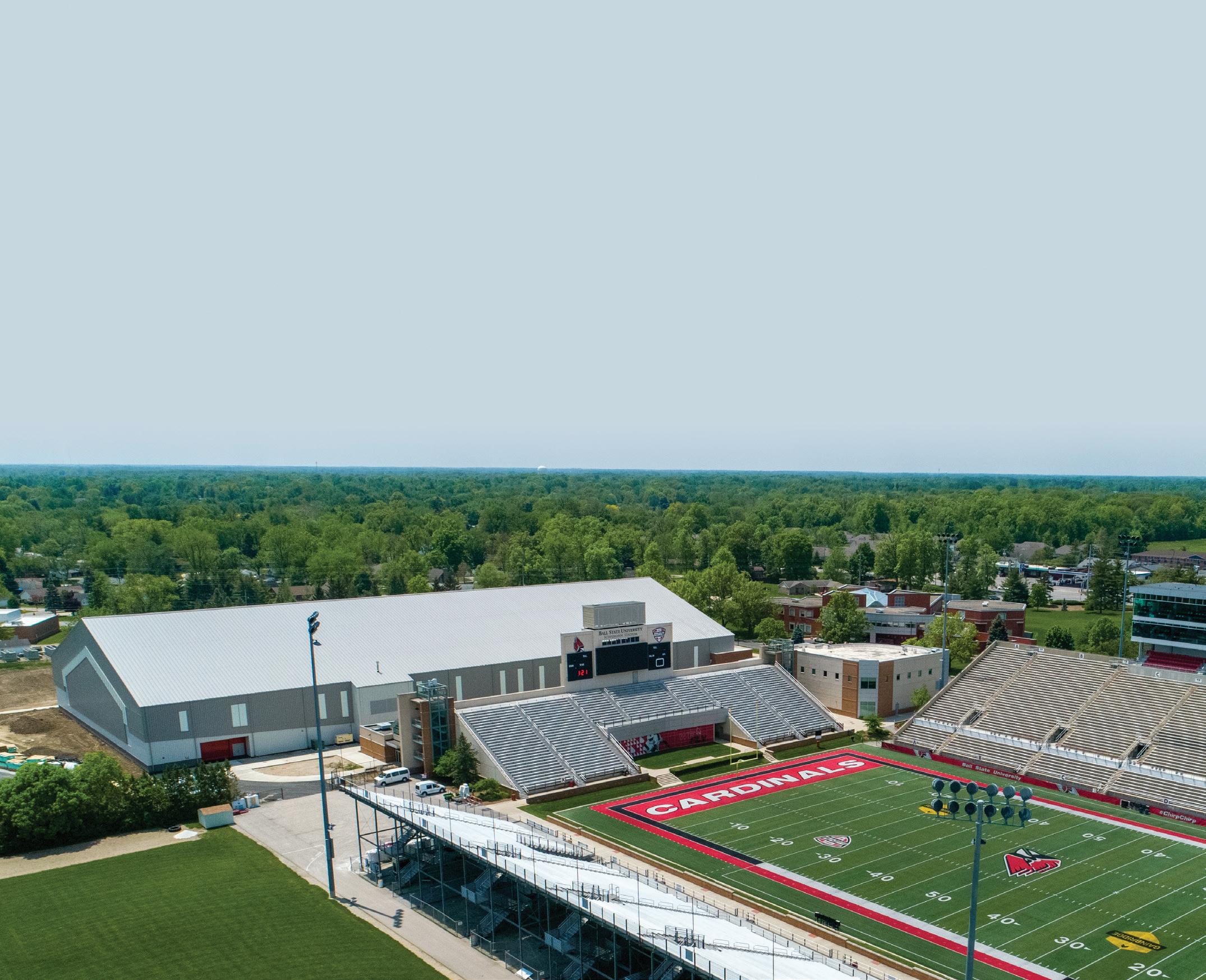
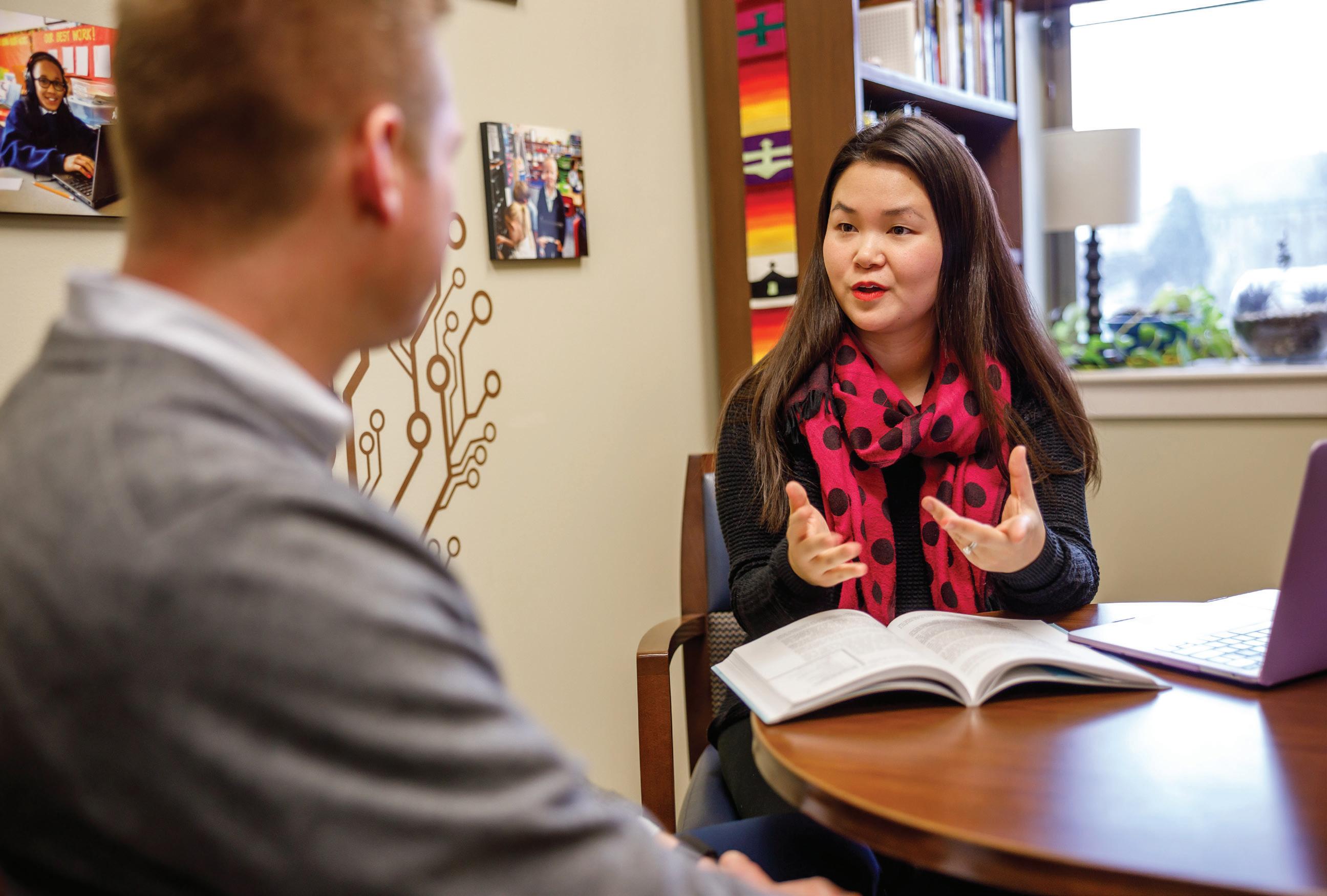
Advertisement
1 The $15 million Scheumann Family Indoor
Practice Facility will open this Summer. With 84,000 square feet of space for football, softball, baseball, and soccer teams, the space also allows the Pride of Mid-America
Marching Band and others to train and practice during inclement weather. The structure is named in honor of June and John
Scheumann, ’71, who made the lead gift.
1
Greenhouse expansion rendering by arcDesign
2
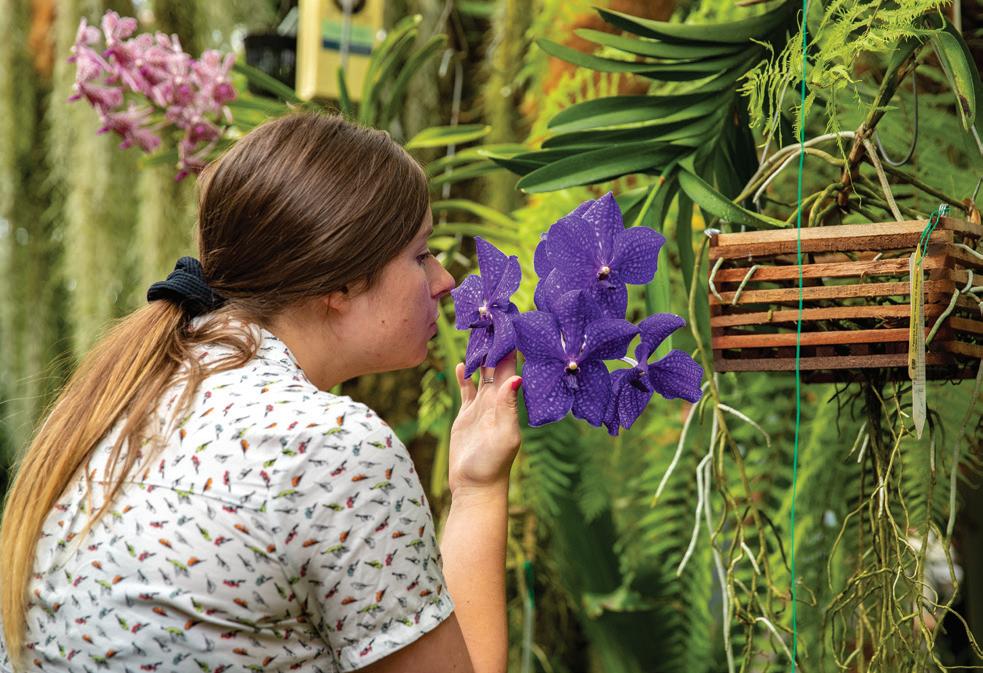
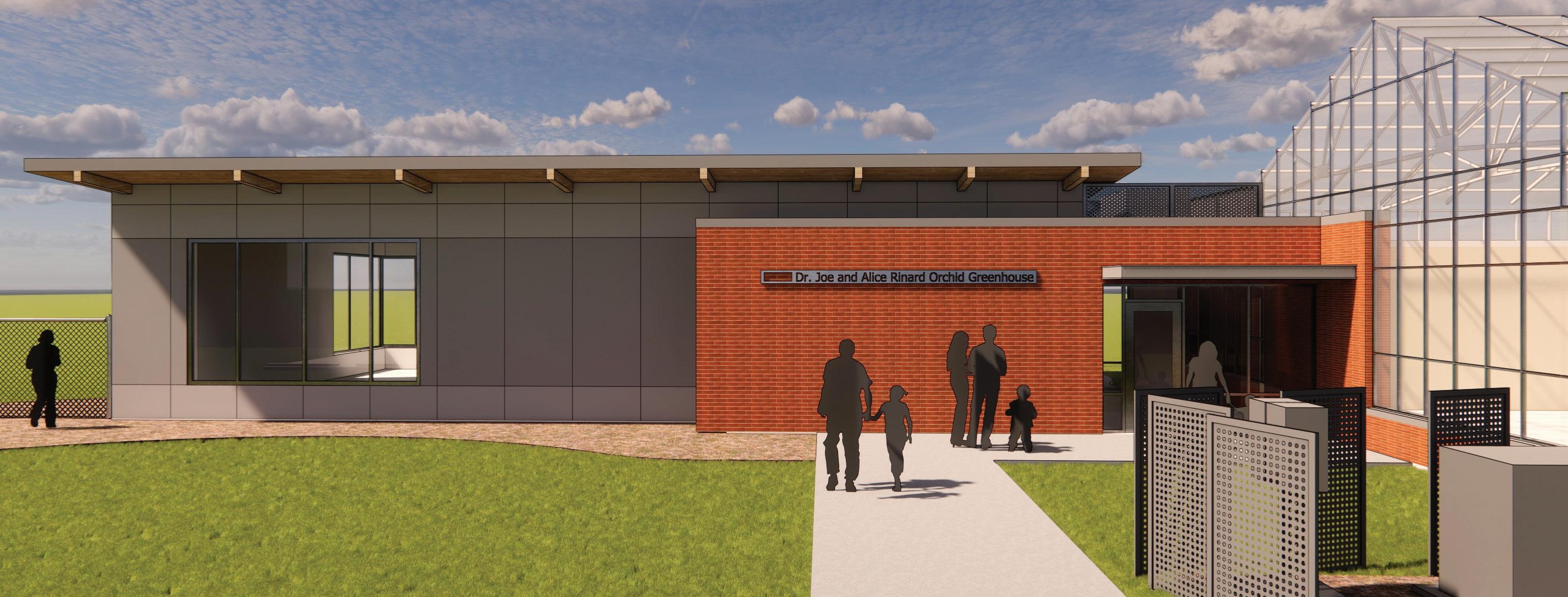
2 Visitors to the 3,400-square-foot Dr. Joe and Alice
Rinard Orchid Greenhouse experience a small tropical environment in the middle of Indiana. With over 2,000 orchids, the greenhouse contains the largest university-based orchid collection in America. A planned expansion will increase the greenhouse’s size and create a dedicated community learning space, designed to create an immersive and hands-on learning environment.
Need a career lift?
If you want the high road to career advancement, your alma mater offers competitively priced online programs considered among the best in the nation. You can get the lift you need with one of our fully online master’s degrees, graduate certificates, and educator licenses.
90+ Graduate Programs Taught 100% Online
• Ranked consistently among the best by
U.S. News & World Report • Designed as high-demand programs that will impact your career from day one of classes • Taught by the same faculty who teach on campus
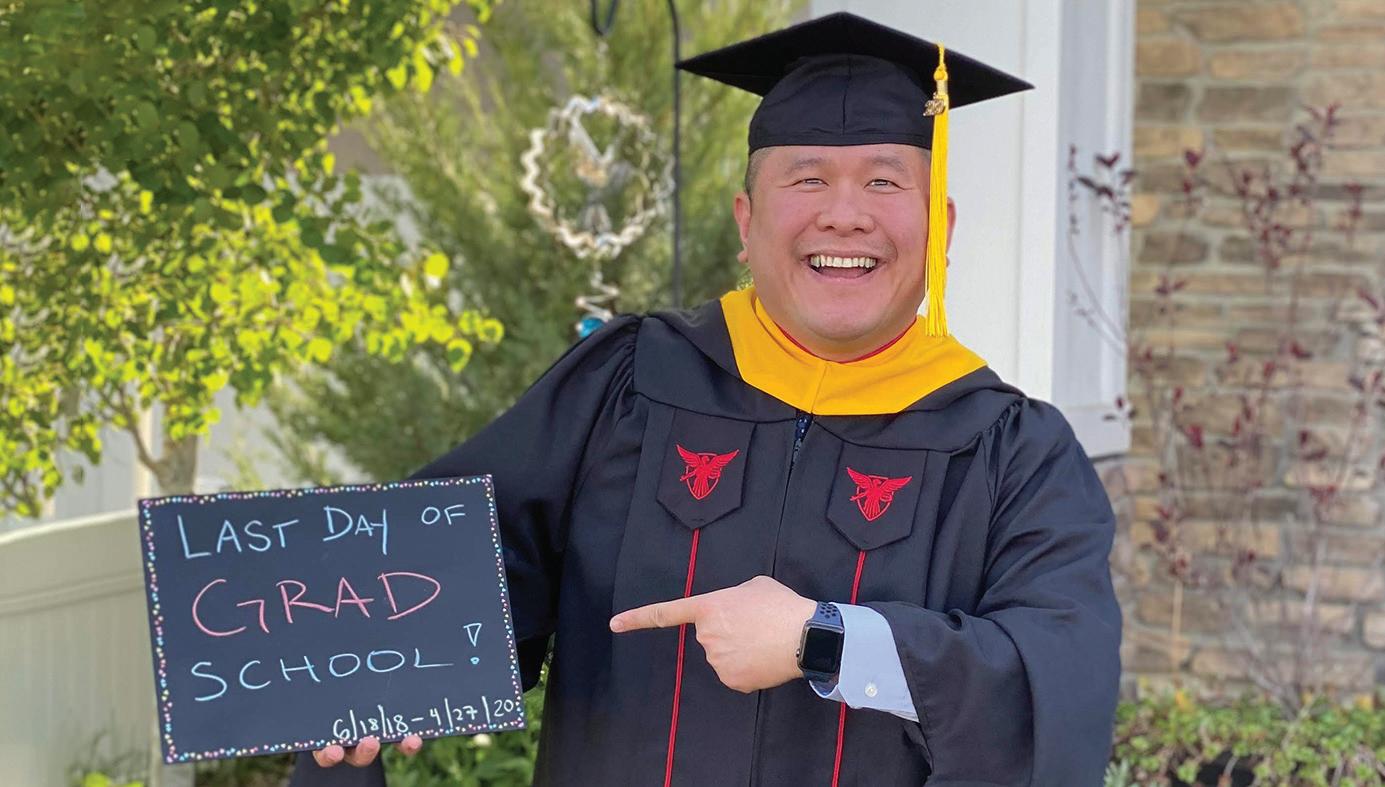
Get started today and fit courses around your work day, family time, and life obligations.
As an alumnus, you can have the $60 application fee waived.
FLIGHT IN PROGRESS
Almost three years after its launch, our strategic plan is already impacting the University and beyond.
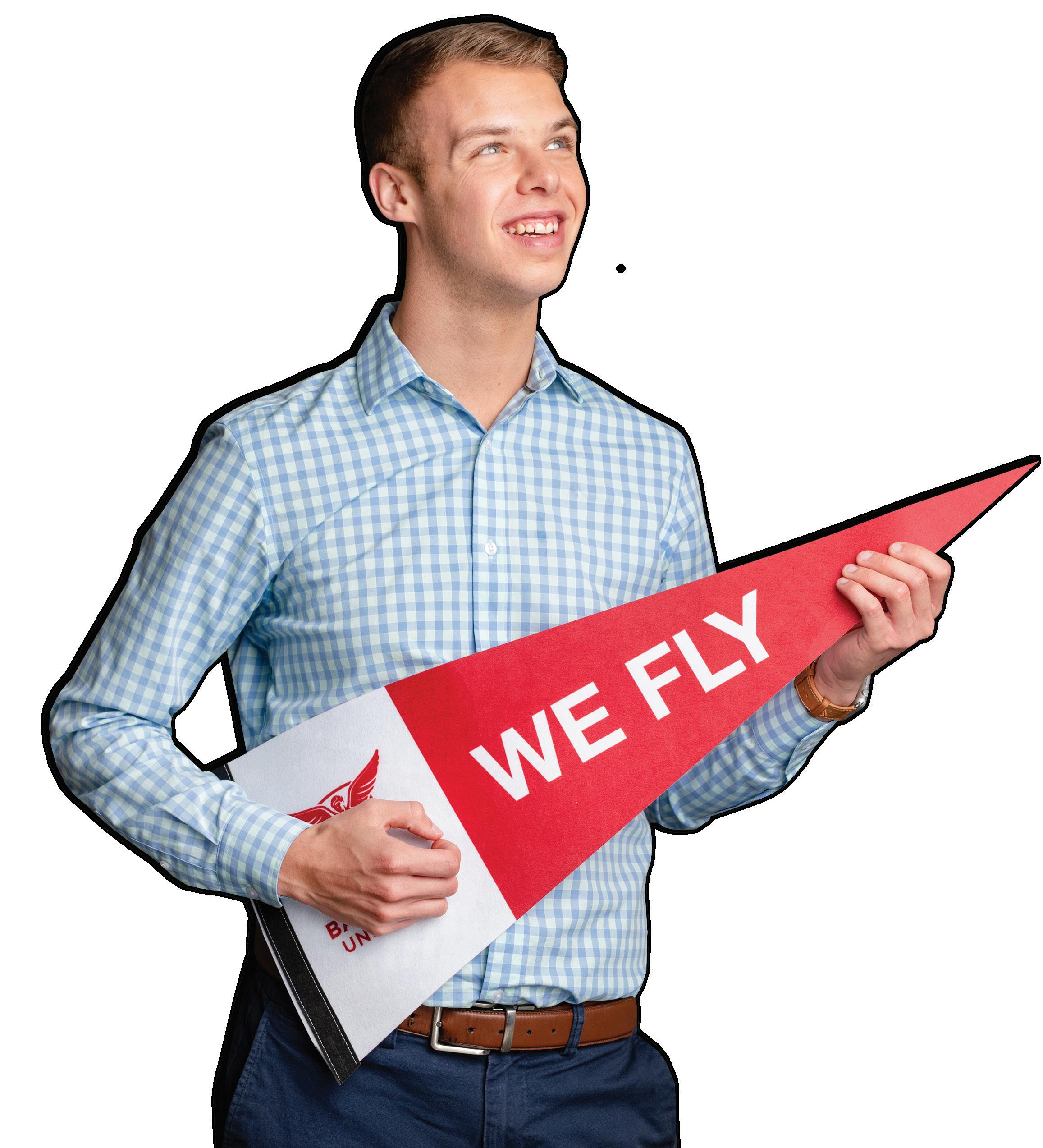

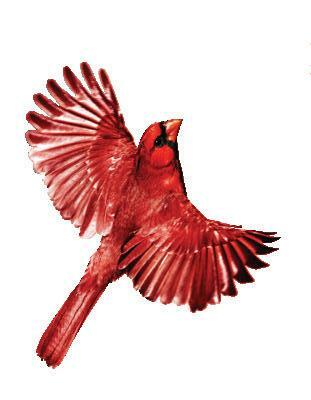
On December 14, 2018, our University made an enormous step in ensuring its bright future.
On that day, the Board of Trustees endorsed a new strategic plan for Ball State University. The approval—happening during the University’s Centennial celebration—culminated a months-long process to determine on how best to plan for our second century.
A 10-person steering committee appointed by President Geoffrey S. Mearns designed and led the planning process. Its work was guided by a set of principles: it would be collaborative, transparent, data-supported, relevant, actionable, focused, aligned with state goals, and ambitious but also realistic.
The committee’s direction was informed by surveys, working groups, and forums involving hundreds of faculty, staff, students, alumni, community partners, and benefactors who shared their ideas, hopes, and dreams for Ball State’s future.
A draft of the strategic plan, titled Destination 2040: Our Flight Path, was widely distributed. Revisions based on feedback led to the final document that received Board approval.
A new mission statement guides the plan: “We engage students in educational, research, and creative endeavors that empower our graduates to have fulfilling careers and meaningful lives enriched by lifelong learning and service, while we enhance the economic, environmental, and social vitality of our community, our state, and our world.”
Destination 2040 also articulates our enduring values, represented by Beneficence: excellence, innovation, courage, integrity, inclusiveness, social responsibility, and gratitude.
The plan provides five long-term goals for 2040 and a small set of strategic imperatives to be executed by 2024. (Read more about the goals on p. 44.) The entire University is now striving to fulfill those goals and imperatives in ways that reflect the mission statement as well as the unique perspectives and strengths of individual colleges and divisions.
The following pages feature a few of the hundreds of projects being planned or now underway that were inspired by the strategic plan. All of these projects and objectives aspire, in distinctive ways, to transform students’ lives, strengthen communities, provide economic and social benefit to our region and state, and offer leadership by example across the country and around the world.
Each brings our University closer to a destination that is both clear and bright.— Tim Obermiller
Visit bsu.edu/strategicplan to learn more about Destination 2040: Our Flight Path and progress already being made across the University and beyond.
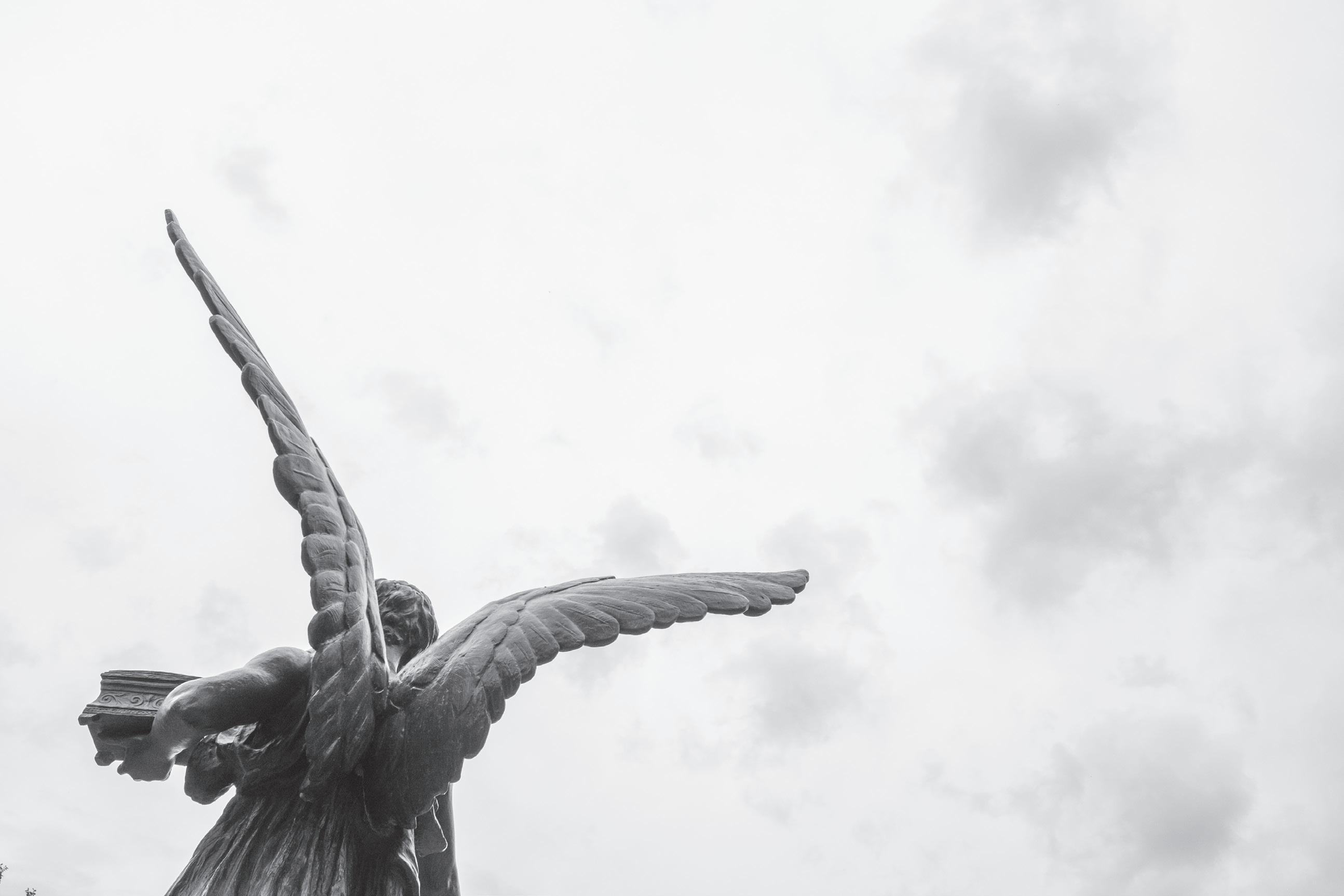






EMERGING SCHOLARS
Honors program creates problem-solving and career-making mentorships.
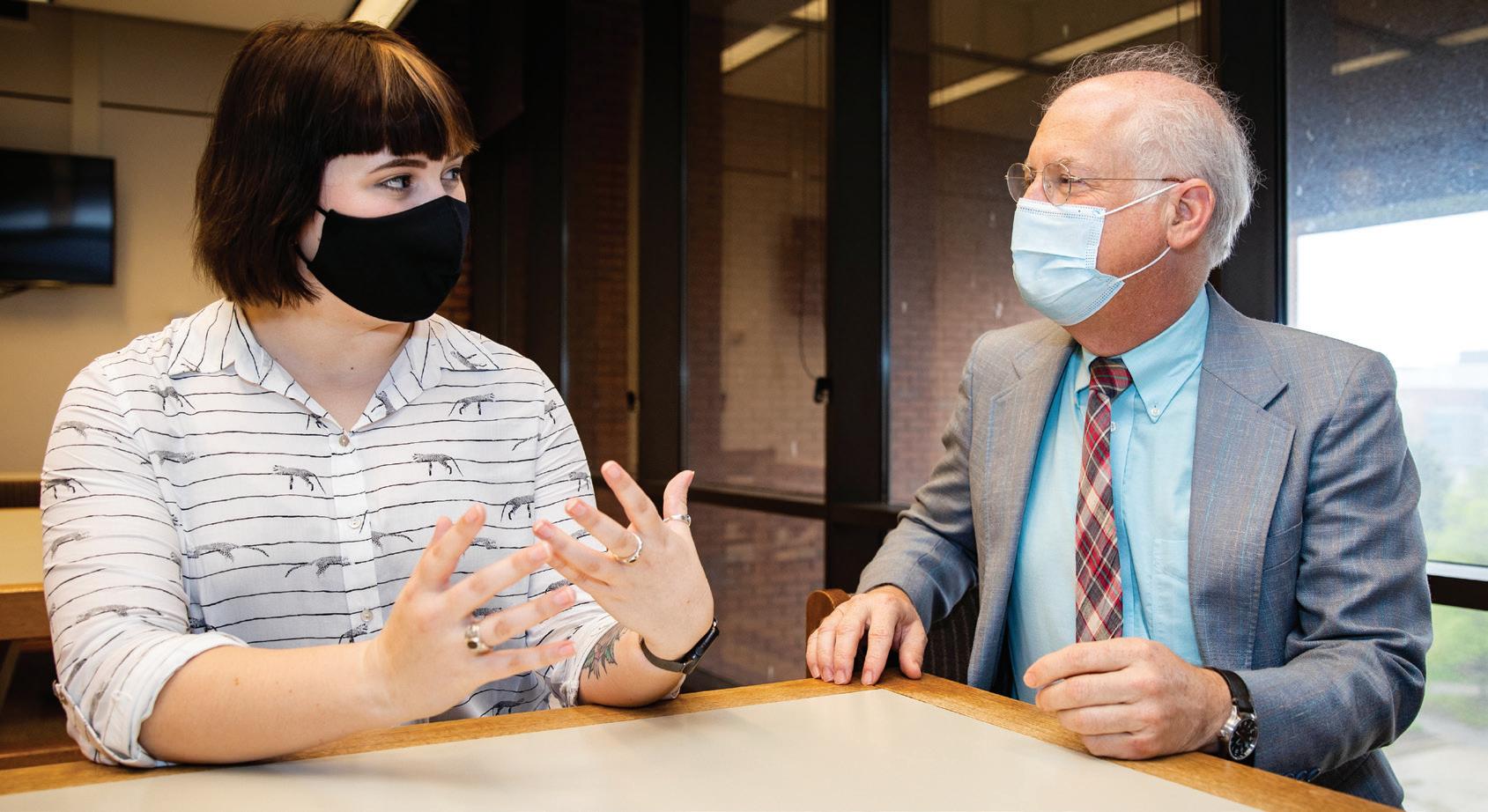
Their immersive work ranges from unlocking genetic mysteries and investigating materials for making semi-conductors to unearthing public history that speaks to social change.
Students in the Honors Undergraduate Fellows Program become involved in pursuits of excellence and innovation that are hallmarks of the strategic plan’s first goal.
Under the leadership of Honors College Dean John Emert, a professor of Mathematical Science, the program is reaching more students than ever before, with more than 50 enrolled this year.
Fellows from all fields of study are given the opportunity to collaborate with professors on research projects that yield significant scientific and societal contributions.
In just the last two years, History Professor Ron Morris has mentored a dozen Honors Undergraduate Fellows while working on projects related to public history and community engagement.
“These fellowships provide experiences that propel students into the future,” Morris said.
In her fellowship with Morris, History and Anthropology major Gwyneth Harris, ’21, scoured newspaper archives and online public records to create a virtual exhibit about Julia Carson, the first African American and woman to represent Indianapolis in the U.S. Congress. Carson and her home are one of 100 exhibits of people and places in the ongoing virtual Hoosier Civil Rights Museum.
“I found this all very exciting and rewarding because my work is being used to educate and spread awareness,” said Harris, who graduated in May and plans to earn a doctorate in History and eventually teach.
Morris regularly meets with honors fellows to help them hone strategies for uncovering history. “This is not a lecture. It’s not a recitation,” he said. “There’s a lot of graduatelevel work in this model.”
“We’re engaging students in learning and discovery, whether that’s discovery of data or self-discovery,” said Amy Livingstone, associate dean of the Honors College and History professor. “We’re also helping them build valuable professional relationships that can last a lifetime.” — Susan DeGrane
In her fellowship with professor Ron Morris, Honors College student Gwyneth Harris completed a project for the virtual Hoosier Civil Rights Museum.
—Amy Livingstone
A ‘WIN-WIN’ FOR BALL STATE, GRADUATES
New business school programs benefit lifelong learners.
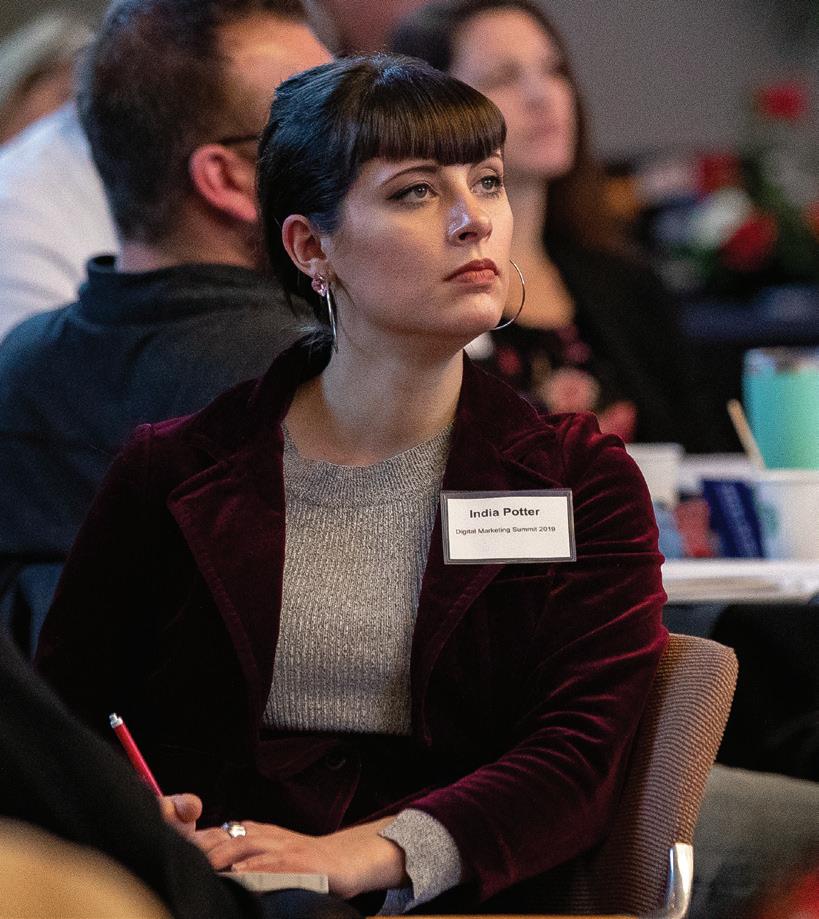
Executive Education programs have been built to meet clients’ unique needs.
When Dr. Stephen Ferris officially started in his role as the new Bryan Dean of the Miller College of Business (MCOB) in July 2019, he studied the University’s strategic plan and saw a clear opportunity.
MCOB was already respected across the country for its first-class student learning experience. But Ferris looked at Goal 2 of the plan—graduate education and lifetime learning— and knew there was work to be done.
“When I looked at the business school, I saw that we were doing relatively little to reach out to businesses and industries to benefit them from our extensive skillsets,” Ferris said. “We know that having robust industries and strong businesses adds to the well-being of our communities and indeed of the entire region.”
What followed was the creation of MCOB’s Executive Learning programs, which match client companies with expert faculty members to solve problems and foster business growth and company profitability.
Ferris hired Greg Zirkle to fill the newlycreated position of director of Executive Programs—first to collaborate with MCOB faculty to develop a catalog of available programs, and then to work with regional companies to assess their needs and then design training content that would benefit their business operations.
Whether it’s Management & Strategy, Innovation & Leadership, Professional Selling, or Accounting—or perhaps even more customized programming—the Executive Education programs have been built to meet clients’ unique needs.
Executive programs include consulting services that help organizations solve unique problems such as stimulating innovation and enhancing communication effectiveness.
“We don’t have to bring a cookie-cutter solution to every business,” Zirkle said. “We ask, ‘What are your objectives?’ And once we learn their objective, we might track in a different direction or focus on the creation of an entirely different type of program. So that’s how we’ve built it, by listening to our clients and learning their needs.”
But the icing on the cake is when these Executive Learning Programs make a positive impact on Ball State graduates—sticking to those initial Goal 2 hopes.
“This is a collaboration with our alums and the friends of alums where we think it can be a win-win,” Ferris said. “We can help them build their business, grow their business, and have more fulfilling business success.” — Andrew Walker, ’14
A list of available programs can be found on the Miller College of Business Executive Education website. Those interested in more information can contact Greg Zirkle at grzirkle@bsu.edu.
ENGAGED BY DESIGN
Studio 165+ students are making a lasting impact in Muncie.

When Assistant Professor Shantanu Suman launched an immersive studio course for Visual Communication (graphic design) students in Spring 2017, he didn’t see its purpose directly linked to the Muncie community.
Nine semesters and 63 projects later, Suman now regards the studio’s strong connection to Muncie as key to its growing success.
“It is the smallest community I have lived in, but it is also the friendliest,” said Suman, who is faculty mentor for the course, titled Studio 165+. “It’s easy to connect with people and I feel like that has been the biggest strength, because it has helped me as well as the studio.”
Studio 165+ has so far worked with 16 local and regional clients—a focus that reflects the strategic plan’s third goal of community engagement and impact.
Suman worked in advertising in India before moving to the U.S., finishing his master’s and launching his own design studio before joining Ball State’s School of Art. He learned about the University’s strong relationship with Muncie and how receptive the community was about working with students.
He urges students to think of their clients as collaborators. “We are learning from each other.”
The name Studio 165+ reflects participants’ weekly commitment of 165 minutes to studio classes, plus the additional dedication to ensure quality results. Those results can be measured in both client satisfaction and 25 international, national, and local design awards.
One project with Building Better Neighborhoods (BBN) connects University resources with neighborhood development efforts. Studio 165+ is creating identity designs for 12 local neighborhoods.
Many Studio 165+ alumni say it helped launch their careers. “It opened so many doors for me,” said Lauren Fox, ’18, a product designer in Denver. “It demonstrated that I had already worked with a variety of clients”— something most design students don’t experience.
She equally appreciates relationships she formed in the community through the studio. “I can still drive through Muncie and see the lasting results of those relationships.” — Tim Obermiller
Identity designs for a Muncie neighborhood reflect one aspect of the studio’s collaborative, real-world problem solving across multiple media platforms.




